Researchers at Argonne have discovered that superconducting nanowire photon detectors can also be used as highly accurate particle detectors, and they have found the optimal nanowire size for high detection efficiency.
Tag: Metals
Formation of super-Earths proven limited near metal-poor stars
In a new study, astronomers report novel evidence regarding the limits of planet formation, finding that after a certain point, planets larger than Earth have difficulty forming near low-metallicity stars.
ALS diagnosis and survival linked to metals in blood, urine
People with higher levels of metals found in their blood and urine may be more likely to be diagnosed with — and die from — amyotrophic lateral sclerosis, or ALS, a University of Michigan-led study suggests.
Researchers discover faster, more energy-efficient way to manufacture an industrially important chemical
The reactivity of zirconium on silicon nitride enhances the conversion of propane into propylene, a key commodity chemical needed to make polypropylene. This finding hints at the reactivity researchers might achieve with other nontraditional catalysts.
Lightweight Yet Strong: Pioneering Aluminum-Magnesium Laminates Set to Transform Aerospace and Automotive Industries
Magnesium alloys, known for their lightweight and high strength, face limitations due to poor corrosion resistance. The innovative Al/Mg/Al laminates combine the benefits of magnesium alloy and aluminum, offering a solution with enhanced mechanical properties and corrosion resistance, critical for aerospace, automotive, and electronic applications.
Turning Waste into Wealth: Breakthrough in Metal Recovery from Copper Slag
Copper smelting, a critical process in metal production, often leads to the generation of slag containing valuable metals. Traditionally, this slag has been discarded, causing environmental issues and resource loss. A recent study introduce a method for recovering copper, lead, and zinc from copper smelting slag, addressing both environmental concerns and resource recovery.
Amy J. Clarke: Then and Now / 2012 Early Career Award Winner
At the Colorado School of Mines, Distinguished Professor in Metallurgical and Materials Engineering Amy J. Clarke studies metals manufacturing. She observes how microscopic structures form and how processing conditions can be modified to affect solidification and defect development.
Physicists demonstrate powerful physics phenomenon
In a new breakthrough, researchers have used a novel technique to confirm a previously undetected physics phenomenon that could be used to improve data storage in the next generation of computer devices.
Novel ligands for transition-metal catalysis of photoreactions
Transition metals form catalytic complexes that can speed up various chemical processes, especially in the production of pharmaceuticals as well as various pigments, dyes, and laboratory reagents like sulfuric acid.
Cadmium Intake from Six Foods Analyzed by Age Group
New exposure study suggests that combined consumption estimates of the metal cadmium in common foods may exceed some government health guidance limits for young groups.
‘Secret sauce’ enables new way to fabricate compositionally graded alloys
Research into a new, unique technology to fabricate composite metal parts for a wide range of applications operating in extreme environments across the aviation, space and energy industries is showing promise for additive manufacturing.
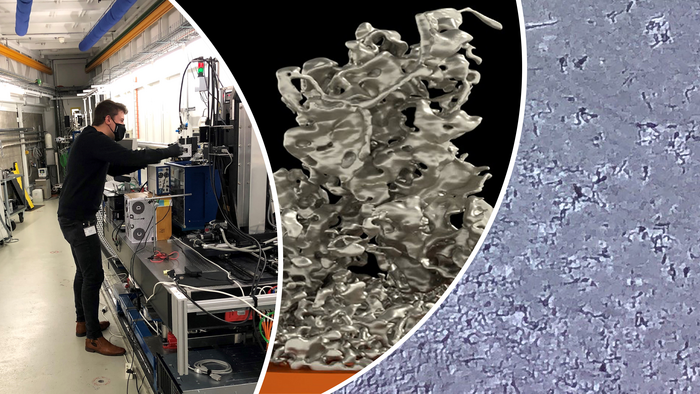
3D battery imaging reveals the secret real-time life of lithium metal cells
Innovative battery researchers have cracked the code to creating real-time 3D images of the promising but temperamental lithium metal battery as it cycles.
Artificial intelligence reframes nuclear material studies
Nuclear energy provides a fifth of total U.S. electrical power and half of its clean electricity. With new results from one scientist’s study of computer vision at Argonne National Laboratory’s IVEM facility, it may do even more.
Media Tip: Shock to the system: Using electricity to find materials that can learn
Is it possible for nonbiological materials to “learn”? The answer is yes. Scientists used the Advanced Photon Source, a U.S. Department of Energy (DOE) Office of Science user facility located at the DOE”s Argonne National Laboratory, to observe a nonliving material mimic behavior…
Wash-and-wear sensors
University of Utah chemical engineering assistant professor Huanan Zhang has developed a process that turns clothing fabric into biosensors which measure a muscle’s electrical activity as it is worn. This could become a much better solution in measuring muscle activity for physical rehabilitation or for other medical applications.
Additively Manufacturing a Better Steel: The Key Could be in Synchrotron X-ray Techniques
A study led by Stony Brook University sheds light on the connection between the corrosion behavior and underlying materials structure in laser additively manufactured 316L stainless steel – a corrosion resistant metal. The findings may help to map pathways for engineering an even better printed alloy.
Just by changing its shape, Argonne scientists show they can alter material properties
Argonne scientists have observed that when the shape of a thin film of metal oxide known as titania is confined at the mesoscale, its conductivity increases. This finding demonstrates that nanoscale confinement is a way to control quantum effects.
Metal Contamination, Gene Signatures, Bisphenol F, and More Featured in June 2021 Toxicological Sciences
Toxicological Sciences delivers the latest research in toxicology, in areas such as clinical and translational toxicology; emerging technologies, methods, and models; and environmental toxicology.
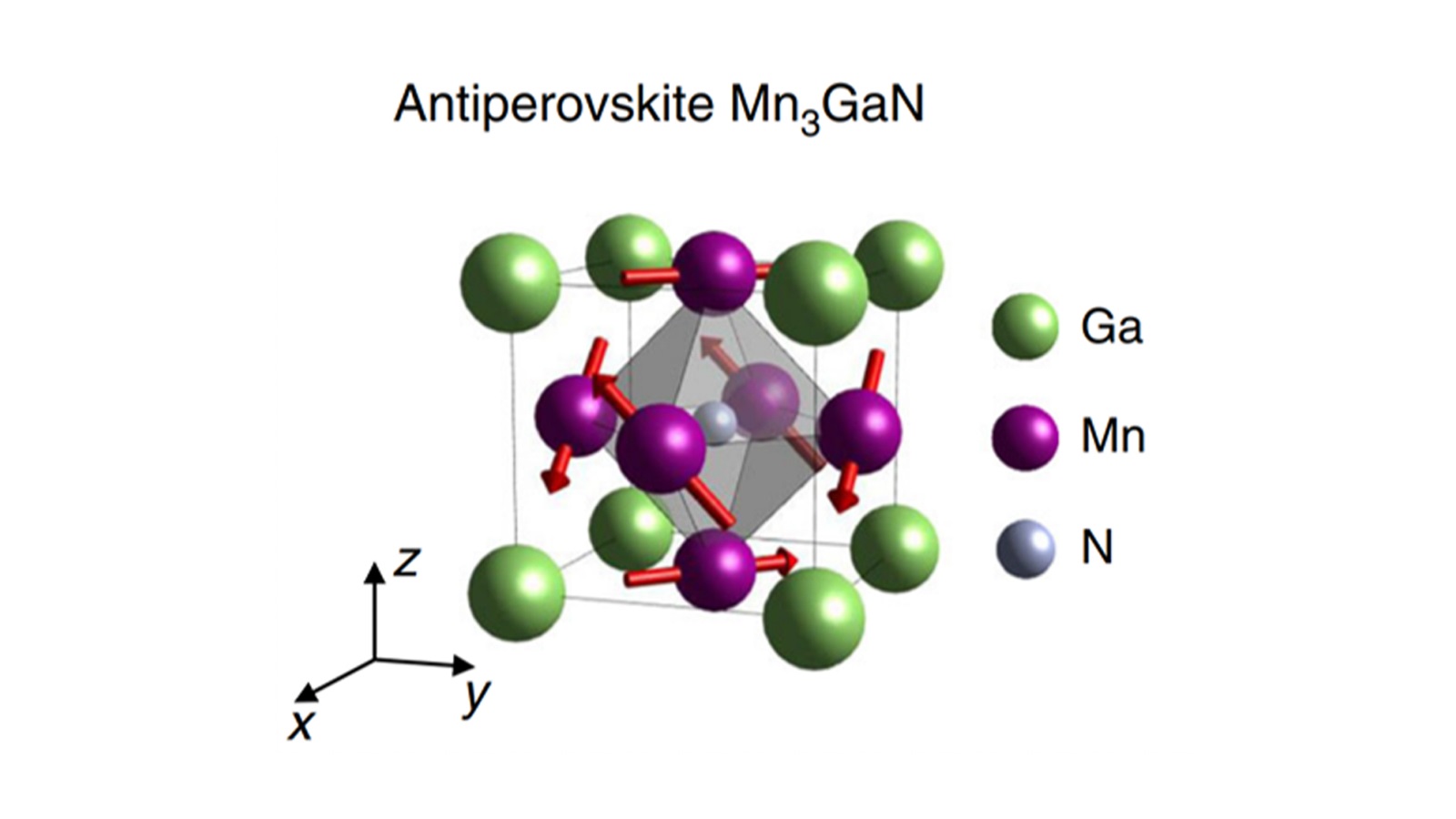
A new spin on energy-efficient electronics
Researchers are harnessing the power of Argonne’s Advanced Photon Source to test new materials for use in spintronics. This emerging field uses electron spin instead of charge, allowing manufacturers to make smaller and more efficient electronic devices.
Islands without structure inside metal alloys could lead to tougher materials
An international team of researchers produced islands of amorphous, non-crystalline material inside a class of new metal alloys known as high-entropy alloys. This discovery opens the door to applications in everything from landing gears, to pipelines, to automobiles. The new materials could make these lighter, safer, and more energy efficient.
How ‘Iron Man’ bacteria could help protect the environment
Researchers show that microbes are capable of an incredible feat that could help reclaim a valuable natural resource and soak up toxic pollutants.
Exposure to Metals Can Impact Pregnancy
Exposure to metals such as nickel, arsenic, cobalt and lead may disrupt a woman’s hormones during pregnancy, according to a Rutgers study.

Bacteria Can Defuse Dangerous Chemical In Passaic River
Bacteria that can help defuse highly toxic dioxin in sediments in the Passaic River – a Superfund hazardous waste site – could eventually aid cleanup efforts at other dioxin-contaminated sites around the world, according to Rutgers scientists. Their research, published in the journal Environmental Science & Technology, needs further work to realize the full potential of the beneficial bottom-dwelling microbes.
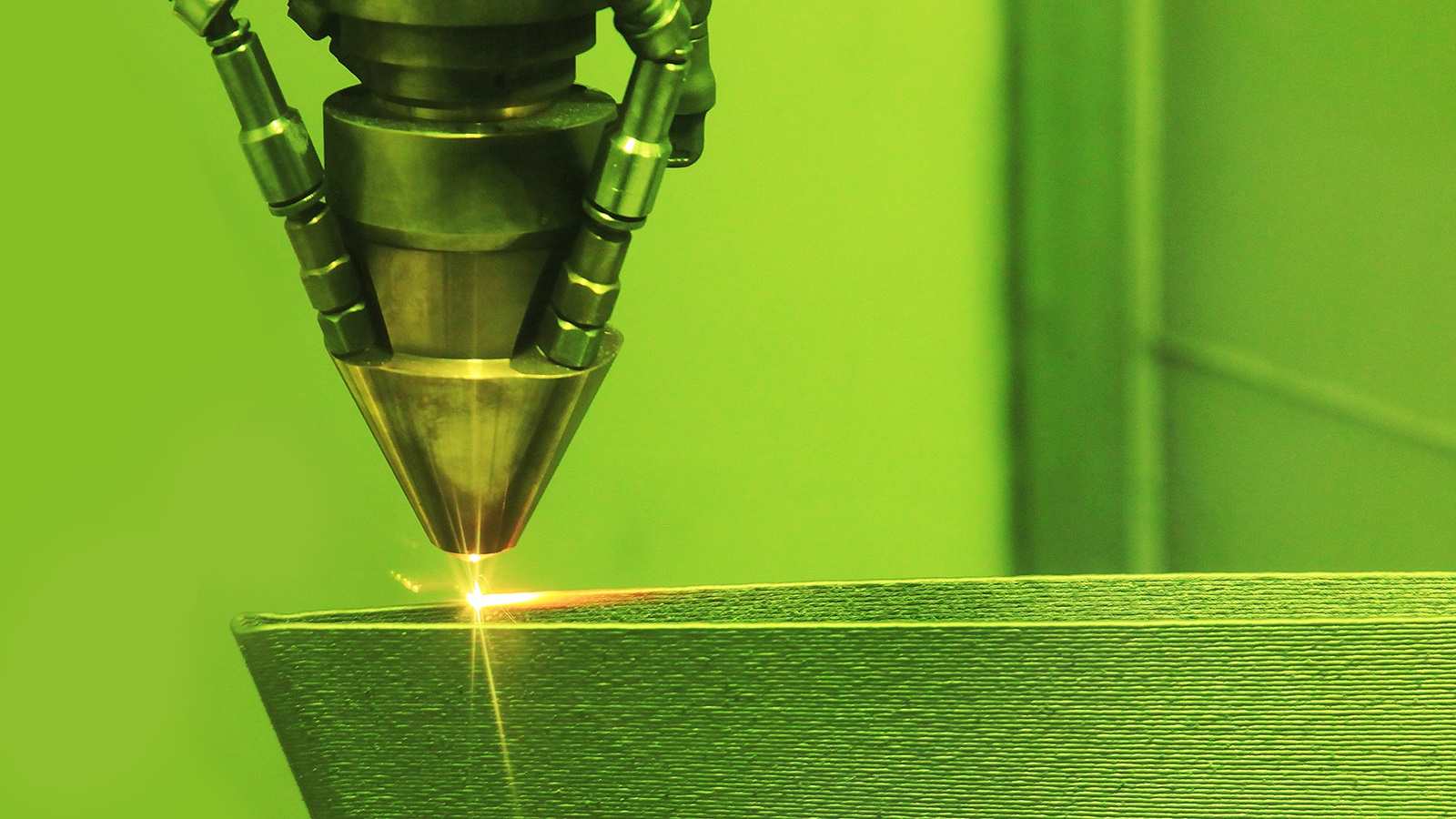
Promising new research identifies innovative approach for controlling defects in 3D printing
Argonne scientists use temperature data to tune — and fix — defects in 3D-printed metallic parts.
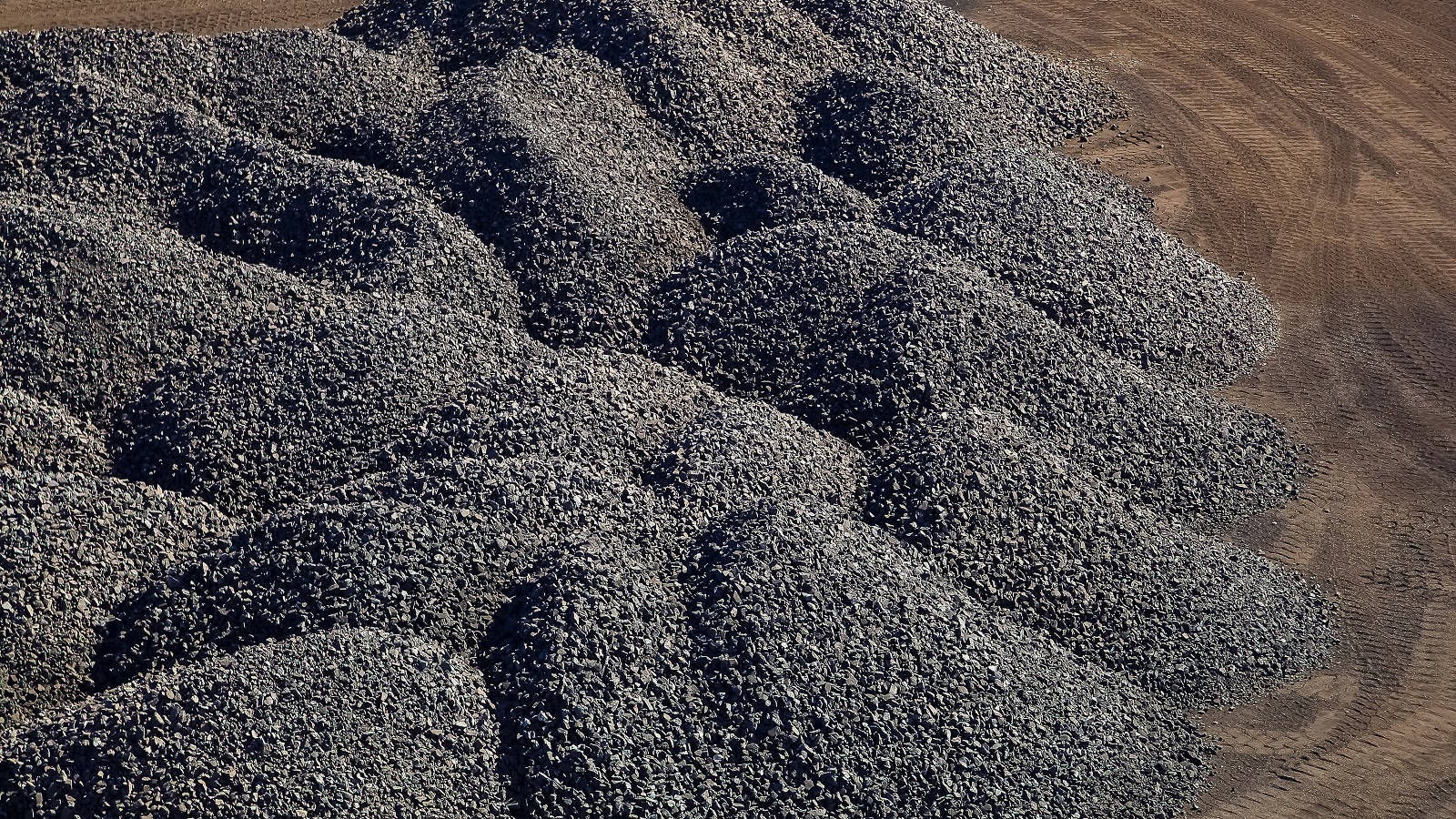
Researchers eye manganese as key to safer, cheaper lithium-ion batteries
Researchers at the U.S. Department of Energy (DOE)’s Argonne National Laboratory are developing a technology that centers on manganese, one of Earth’s most abundant metals.
Company moves metals characterization technology forward with help from Sandia Labs
When a small business needed help proving that its tabletop laser system could characterize metals faster and more easily than current equipment, they turned to Sandia National Laboratories. Sandia’s testing verified that the company’s patented process reduces imaging time from hours to minutes.

Bursting your (tiny) bubbles: New research points the way toward pore-free 3D printing
New research conducted at the Advanced Photon Source (APS) points toward pore-free 3D printing of metal components, with no additional apparatus required.
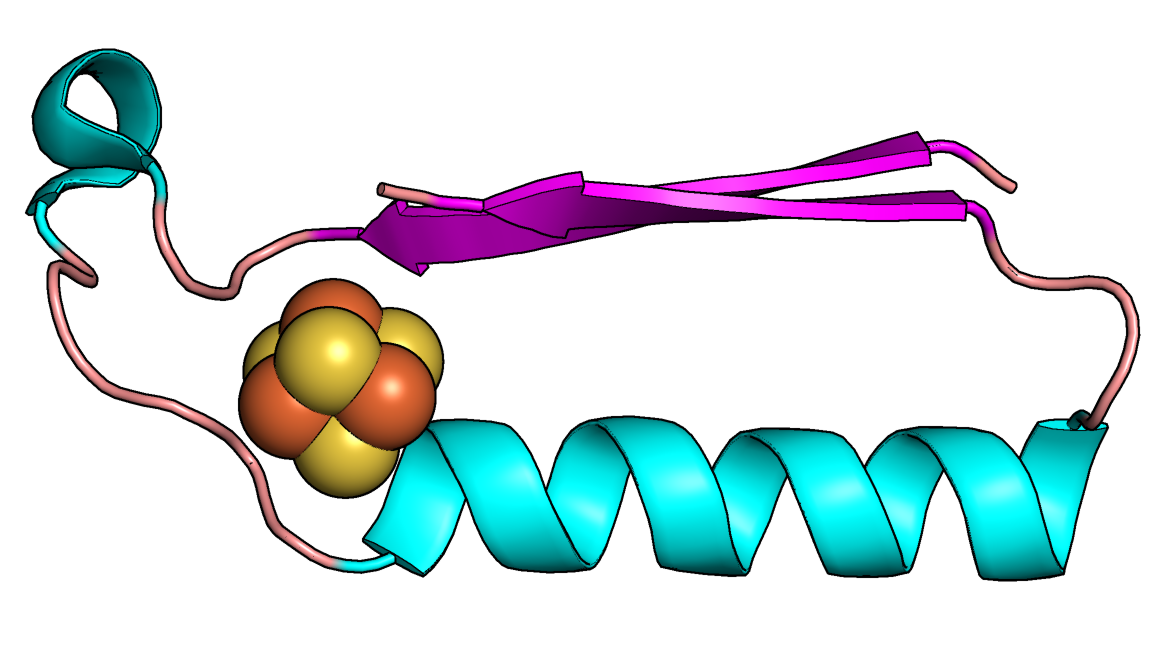
Scientists Have Discovered the Origins of the Building Blocks of Life
Rutgers researchers have discovered the origins of the protein structures responsible for metabolism: simple molecules that powered early life on Earth and serve as chemical signals that NASA could use to search for life on other planets. Their study, which predicts what the earliest proteins looked like 3.5 billion to 2.5 billion years ago, is published in the journal Proceedings of the National Academy of Sciences.
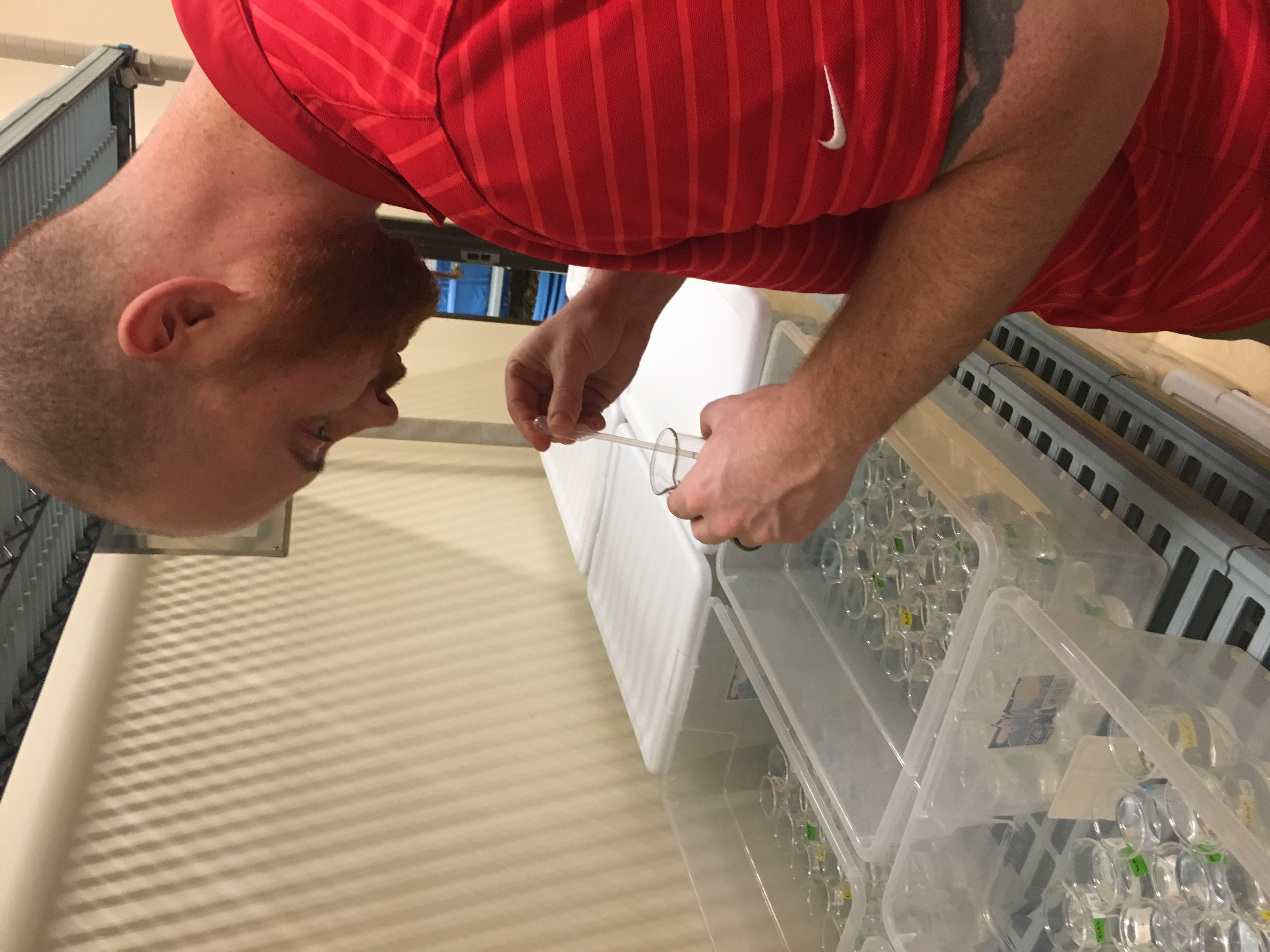
Road salt harmful to native amphibians, new research shows
The combined effects of chemical contamination by road salt and invasive species can harm native amphibians, according to researchers at Binghamton University, State University of New York.
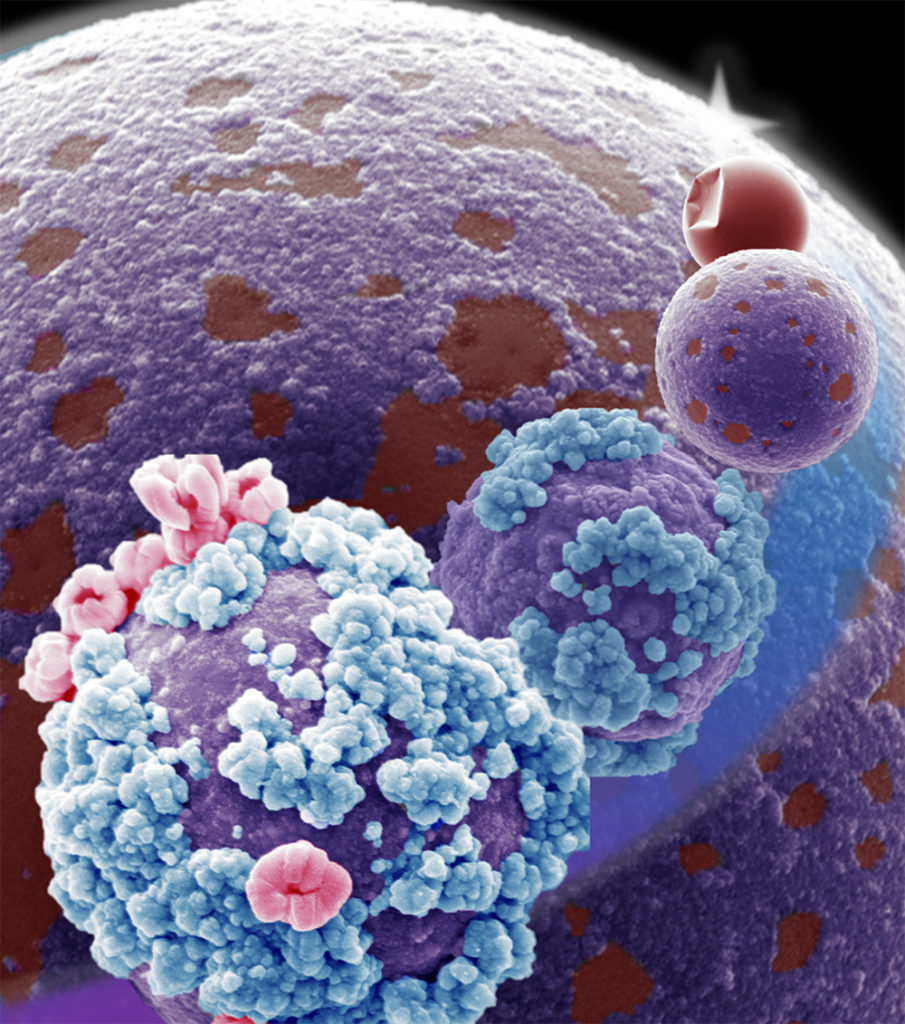
Engineers develop “chameleon metals” that change surfaces in response to heat
Martin Thuo and his research group have found a way to use heat to predictably and precisely change the surface structure of a particle of liquid metal. It’s like a chameleon changing skin color in response to its environment. And so Thuo and his team are calling the technology “chameleon metals.”